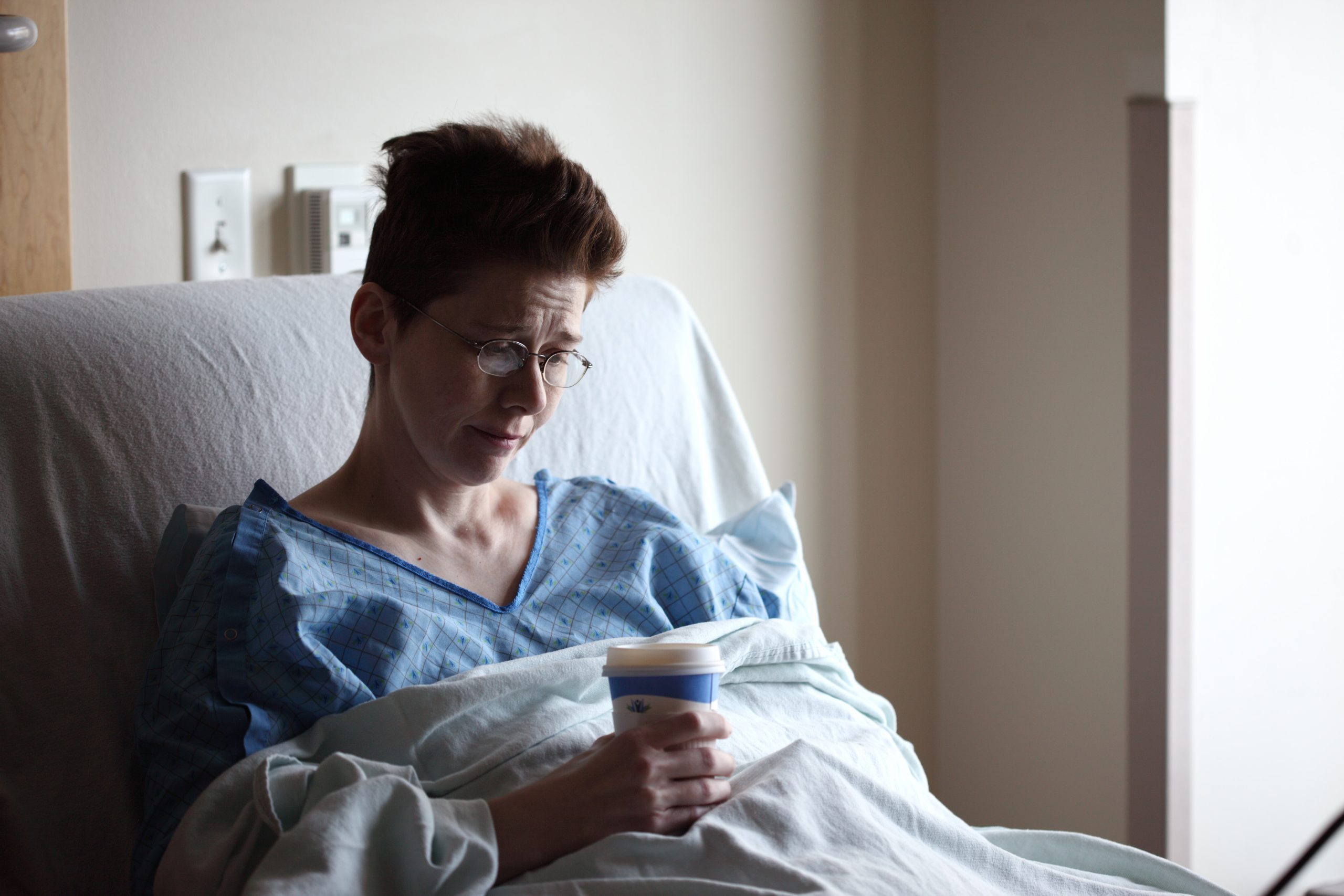Remote monitoring is one of the latest trends in healthcare, and it’s being used to reduce hospital visits. Many people are familiar with this concept because it’s been around for some time. The difference is that remote monitoring has become more prevalent in recent years, making it easier for patients to access this type of care.
What Is Remote Monitoring?
Remote monitoring provides medical care through technology rather than face-to-face visits with doctors and nurses. It uses technology to monitor patients remotely, typically with wearable devices. Patients can use this method to check their blood pressure, heart rate, temperature, and other vital signs anytime they want by using an app on their smartphone or tablet computer. This allows them to track their health more closely than if they were simply relying on visits from medical professionals when symptoms arise. The data collected from these devices is then sent to doctors and other healthcare providers for analysis.
Remote patient monitoring companies can help reduce the number of hospital visits. The problem is solved with wireless monitors that transmit information that patients can read. This can be done with a home computer or even a cell phone connection. The goal of remote health monitoring is to reduce the number of hospital visits required by patients with chronic conditions or at risk of developing them.
Ways remote monitoring can help reduce hospital visits:
1. Reduces stay in the hospital
It reduces the length of stay in the hospital by allowing patients to be discharged sooner than they would have been if they were not remotely monitored. This is because remote monitoring allows medical staff to give medications remotely and monitor how well they work. It also lets them see if abnormalities or changes in a patient’s condition could lead to an infection or other problems. This enables them to intervene quickly enough to prevent these problems from happening.
2. It helps prevent hospital-acquired infections (HAIs)
Remote monitoring helps prevent HAIs because it allows medical staff to identify patients at risk for infection early on and intervene before an infection becomes severe. This reduces the chance of a patient developing a potentially life-threatening infection while in the hospital. HAIs are caused by pathogenic microorganisms that live on human skin or the gastrointestinal tract and can be transmitted to patients when they touch surfaces such as bed rails or IV poles. Remote monitoring helps prevent HAIs by reducing the number of times a patient’s condition needs to be checked during hospitalization. It also reduces the risk of contamination by keeping patients out of rooms with other patients who have infections like MRSA or C-difficile.
3. Improves patient outcomes
Remote monitoring also improves patient outcomes by making it easier for nurses and doctors to track a patient’s condition and ensure they follow treatment protocols. This allows them to intervene early if the patient does not respond well to the prescribed treatment or if there are any changes in their health status. The data collected by remote monitoring systems can also optimize treatment plans based on past results. For example, if a patient has been prescribed a certain medication but has difficulty following it, this may indicate that they need additional support from an online coach or group of peers who have gone through similar experiences.
4. It provides timely alerts when something goes wrong
Remote monitoring devices can alert you when your blood sugar levels rise or fall outside prescribed ranges, which helps prevent hypoglycemic episodes and other complications that require immediate medical attention. The alert may be as simple as an email or text message, but it can be a lifesaver if your device sends an alert directly to your doctor’s office through an app on their smartphone or tablet. It allows you to monitor trends in your condition over time so that you can make informed decisions about treatment options. If you have diabetes, this means keeping track of how much insulin you need throughout the day so that it doesn’t affect other aspects of your life, like work, socializing, and exercising. If you have asthma, this means checking air quality forecasts regularly so that you can adjust medication dosages accordingly (or avoid going out altogether).
All in all, remote monitoring is a great idea for patients who need to remain under close doctors’ supervision. From the doctor’s perspective, this solution enables the hospital to get more out of its scarce hospital resources.


